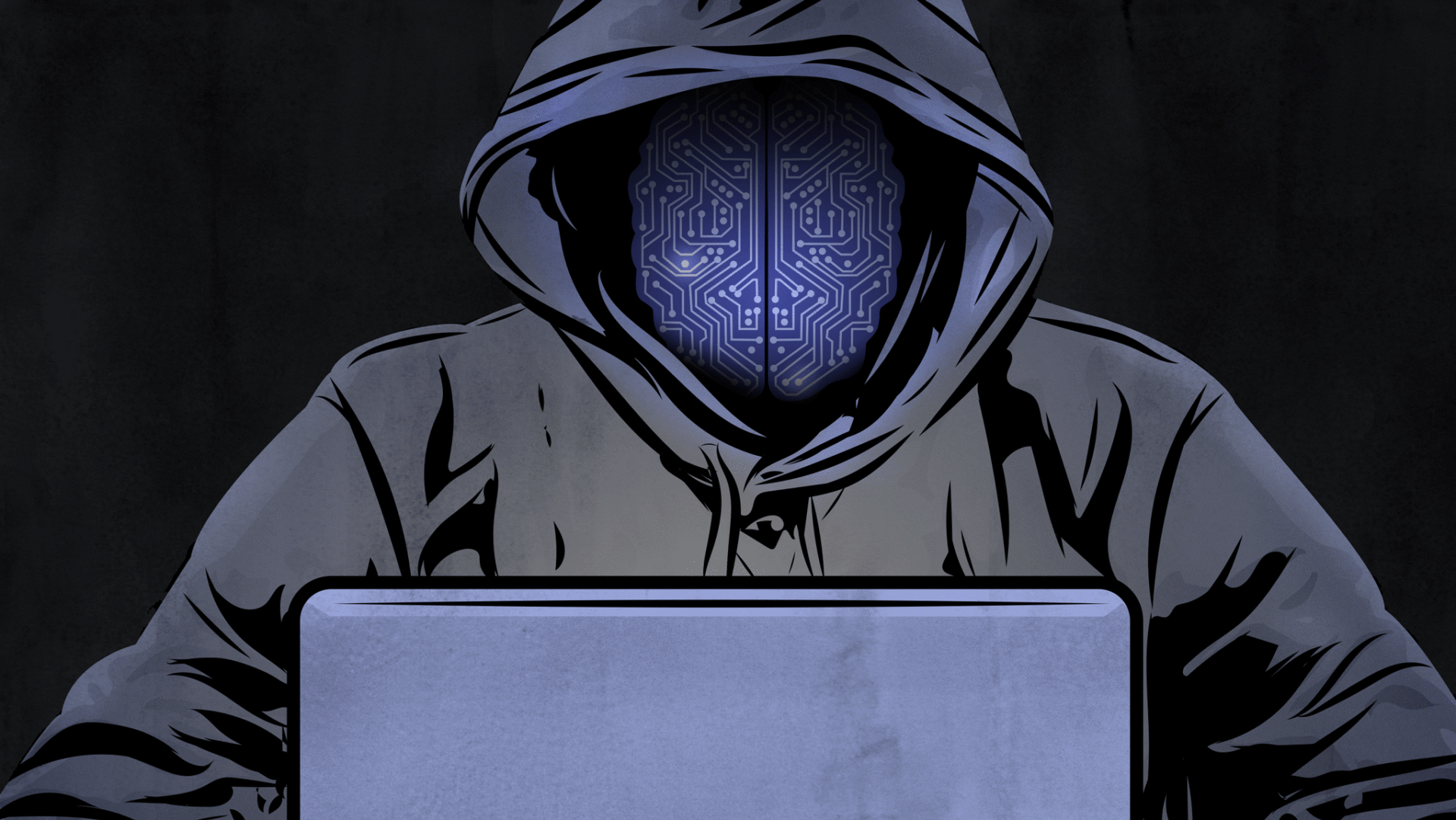Cyber threats have evolved dramatically, with hackers leveraging advanced technologies to enhance their attack strategies. Among these technologies, artificial intelligence (AI) has emerged as a powerful tool that can both defend against and facilitate cyber attacks. As the capabilities of AI continue to grow, understanding how malicious actors manipulate these technologies becomes crucial for organizations aiming to protect their digital assets. This article delves into the role of AI in modern cyber attacks and the specific tactics used by hackers to exploit its capabilities.
Understanding the Role of AI in Modern Cyber Attacks
Artificial intelligence plays a significant role in modern cyber attacks by enabling hackers to automate processes and analyze massive amounts of data at an unprecedented speed. AI algorithms can recognize patterns in user behavior, making it easier for attackers to identify potential targets and vulnerabilities within a system. By deploying machine learning models, hackers can improve their phishing schemes, creating more convincing emails that are tailored to specific victims based on their online profiles. This personalization increases the likelihood of successful attacks, as victims are less likely to recognize the signs of phishing and social engineering.
Moreover, AI aids in the execution of sophisticated malware. Traditional malware often relies on known signatures to evade detection by security software. However, with AI, hackers can create dynamic malware that adapts to its environment, changing its behavior based on the security measures in place. This adaptability makes it challenging for conventional cybersecurity solutions to identify and neutralize threats in real-time. As AI technologies continue to advance, their integration into cyber attacks is expected to become even more prevalent, raising the stakes for defending against such malicious activities.
Tactics Employed by Hackers Using Artificial Intelligence
Hackers employ various tactics that utilize AI to enhance their cyber attacks. One common method is the use of AI-driven chatbots for social engineering purposes. These chatbots can mimic human conversations and engage with potential victims, often leading them to disclose sensitive information. By analyzing data and learning from interactions, these bots can refine their strategies, becoming increasingly effective at manipulating individuals. As a result, organizations must remain vigilant and educate their employees on recognizing unusual interactions that may be orchestrated by AI-driven threats.
Another tactic involves the use of AI for brute-force attacks. In traditional brute-force scenarios, attackers rely on trial and error to guess passwords or encryption keys, which can be time-consuming and inefficient. However, with AI, hackers can predict likely password combinations based on historical data, user behavior, and other contextual information. This capability significantly accelerates the attack process, allowing for quicker breaches of accounts and systems. Consequently, organizations must implement robust password policies and multi-factor authentication to counteract these AI-enhanced tactics effectively.
The intersection of artificial intelligence and cyber attacks presents both challenges and opportunities. While AI can empower hackers to devise more sophisticated methods of infiltration, it also offers defenders new tools to enhance their cybersecurity measures. By understanding the tactics employed by malicious actors and the role of AI in their strategies, organizations can better prepare themselves to combat these emerging threats. Continuous adaptation and education will be essential in maintaining robust defenses in an increasingly AI-driven cyber environment.



